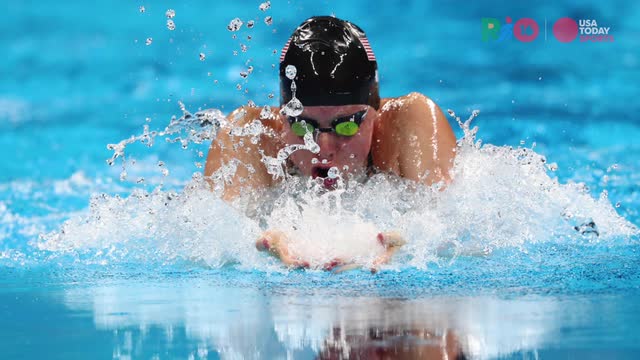Former Ohio State walk-on Jason Pryor finds his groove in fencing

Attack, point, elation, scream, fist pump, refocus, repeat.
Behind championships or medals or points, nothing ignites Rio-bound épée fencer Jason Pryor like winning a touch against his opponent — obvious in his explosion of emotions each time the light flickers on, signifying his earned point.
“The most exciting thing about fencing is solving the puzzle and turning the light on, and if you’re in that moment and that’s all you’re thinking about, everything else comes together,” Pryor said animatedly. “When I’m at my best, I’m not even thinking about the next touch. All I’m thinking about is, ‘I have to hit this guy, I have to figure out how to hit this guy.’ Once I do, elation, screaming, fist pump, and then back to the line. ‘I have to hit this guy.’”
As Team USA’s only chance for an Olympic medal in men’s épée fencing, Pryor, 28, is chasing the “fleeting” feeling of earning the final touch in a bout with the grace and intensity that initially qualified him, hoping to land on the podium at the Summer Games.
From a mediocre athlete with an academic scholarship who walked on at Ohio State to the No. 1 épée fencer in the U.S. — 38th in the world, according to the International Fencing Federation (FIE) — he described his progress as a never-ending struggle to perfect himself. “Hooked” after placing third at a competition when he was 15 years old, the South Euclid, Ohio native’s skills were still far behind those of his peers as a freshman Buckeye.
But the ecstasy of rare victories ultimately helped him blossom, finishing 10th his junior year and third his senior year at the NCAA championships in 2008 and 2009, respectively.
Ohio State coach Vladimir Nazlymov — a five-time Olympic medalist for the former Soviet Union — said in his 16 years with the Buckeyes and decades in the international fencing world, he has never witnessed an athlete improve at the rate Pryor did in his collegiate career.
“He came from a boy who nobody knows, and he graduated a captain and we won nationals (in 2008),” Nazlymov said. “His last two years, he (did an) unbelievable great leadership job. He’s a real leader.”
Although his worldwide ranking may seem low, Pryor — now training in New York City — continues to improve, making a name for himself internationally. In 2015, he won gold at the U.S. national championships, silver at the October North American Cup and finished fifth at the Pan American Championships.
He also upset the world’s No. 1 épée fencer, Gauthier Grumier of France, at the Doha Grand Prix in Qatar in December, ultimately finishing 32nd.
Then, at the Budapest Grand Prix in Hungary in March, Pryor mathematically secured his trip to Rio as the highest-ranked fencer in the FIE Adjusted Official Ranking in the America zone, accumulating points in international competitions since April 2015. The U.S. failed to make the cut as a team, so his only option was to qualify individually.
Shocked upon realizing he clinched a spot at the Olympics — comparing himself to a deer in headlights — Pryor trained for Rio with confidence. He said he’s in a “mind-numbingly competitive” field with abundant parity, providing up to 30 fencers with a realistic chance at a gold medal. But he embraces it as an advantage.
“I just really imagine how great it feels to turn the light on,” he said. “I just focus on that over and over again, minute after minute, until that’s the only thing inside of my head and everything else just kind of fades away.”
PHOTOS: BEST SHOTS FROM RIO